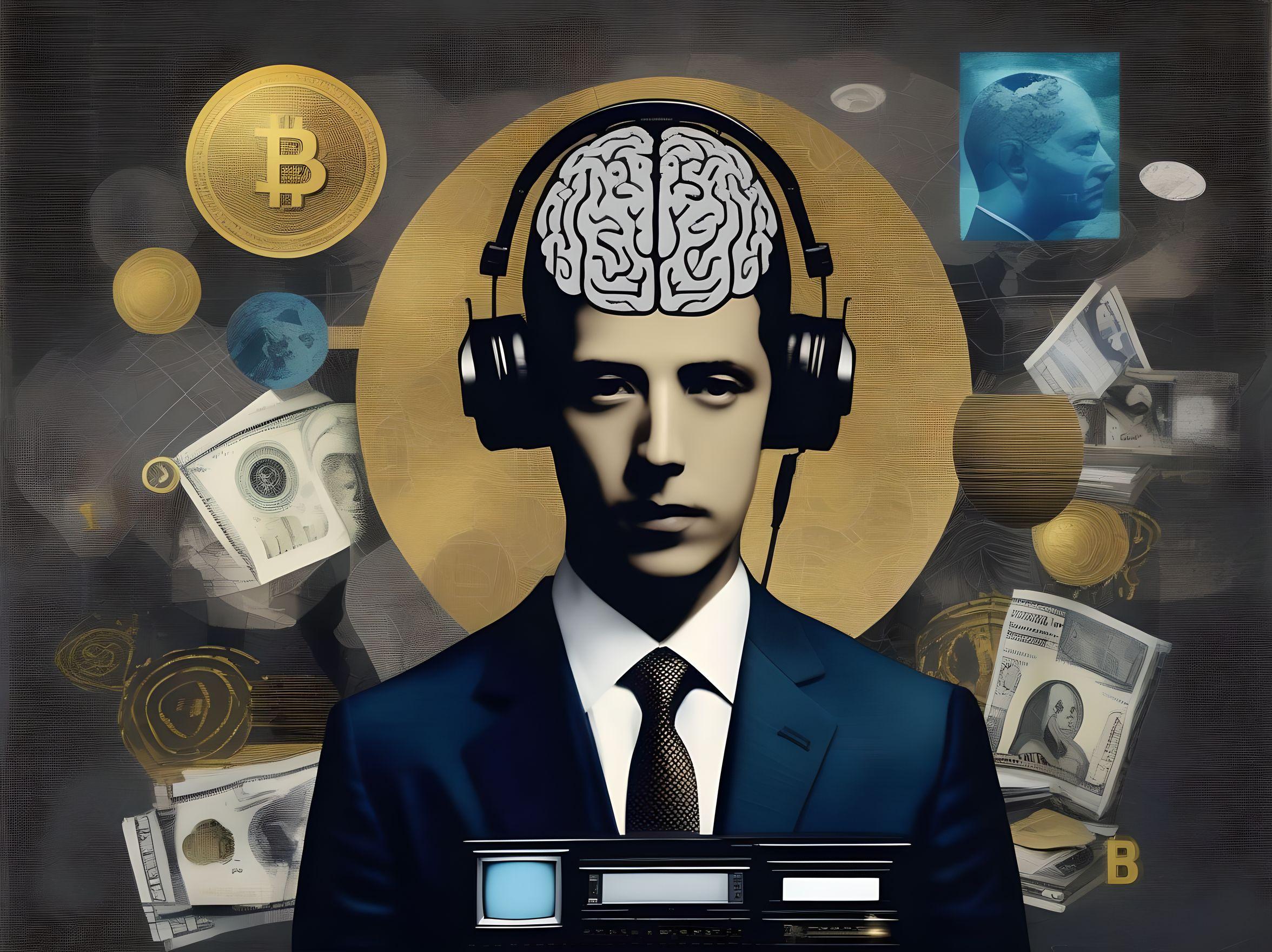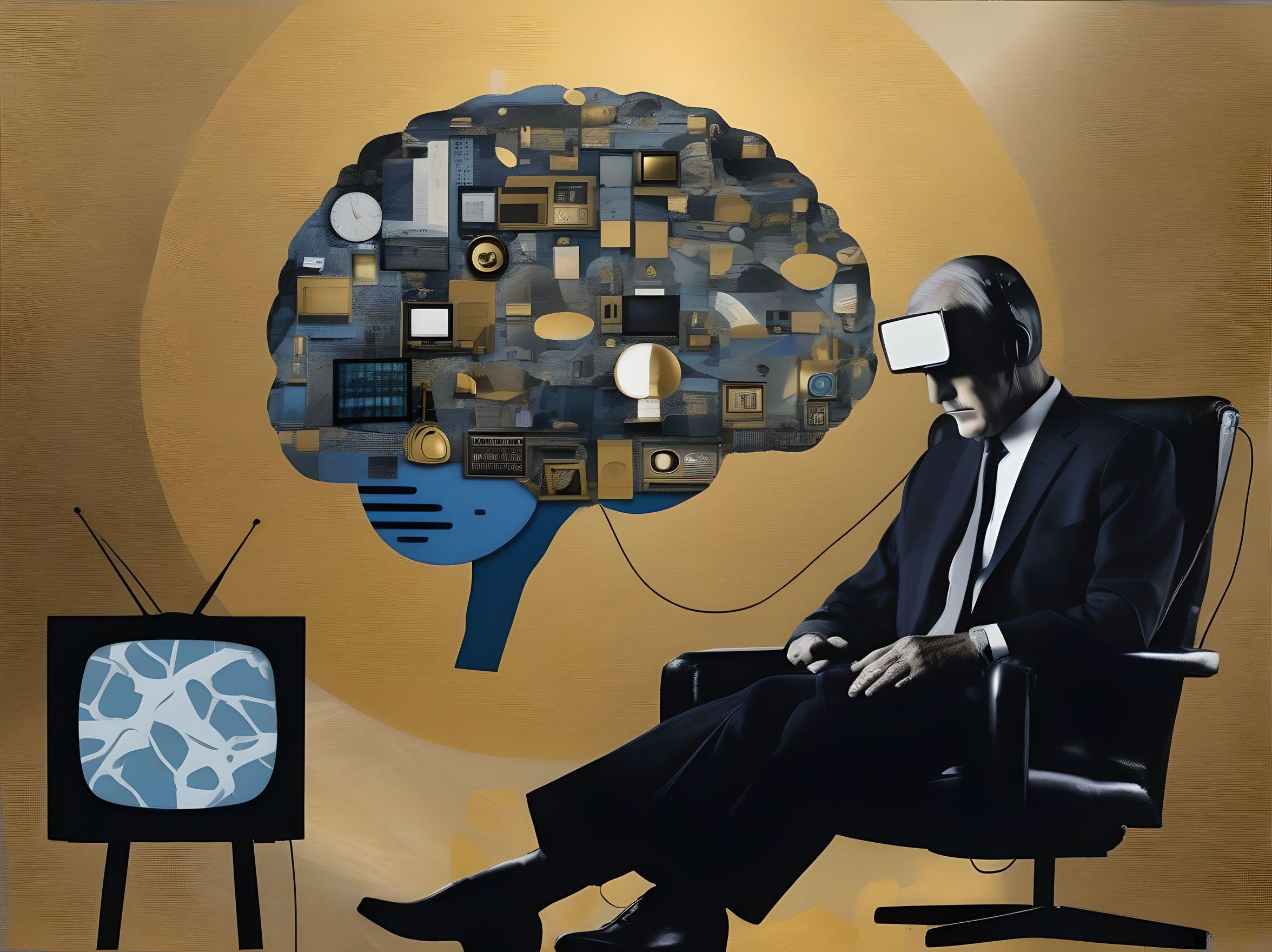
Persuasion in Marketing
FINALLY, A BLUEPRINT FOR CREATING EMOTIONAL CONNECTIONS
It's easy to assume that marketing communications should naturally be persuasive. After all, the ultimate goal is to drive customer action. However, the reality is that many sales and marketing professionals don’t fully understand what true persuasion entails. It goes beyond slick slogans or compelling visuals. True persuasion is deeply rooted in the emotional regions of the brain. The right messages, and even specific word choices, can either draw customers closer to an action decision or push them further away.
For most of history, we didn't have concrete evidence of how different types of communication affected the brain. Marketers relied on intuition, experience, and trial and error. However, with the advent of live brain scan technology at the end of the last century, we finally have verifiable data on what kinds of messages activate the regions of the brain primarily responsible for buying decisions. This new understanding fills a significant gap in the marketer’s toolkit, providing a scientific basis for crafting truly persuasive communications.
The Neuroscience of Persuasion
Neuroscience has revealed that decisions, including buying decisions, are predominantly made in the emotional part of the brain. This is a game-changer for marketing professionals. Studies show that even what appear to be highly calculated business decisions are driven by the emotional brain, specifically the limbic system, and not by the analytical brain (the prefrontal cortex).

Even what appear to be highly calculated business decisions are predominently driven by the emotional brain.
One notable study demonstrated that processing data-based information in the analytical brain requires approximately 300% more energy than processing emotional information in the limbic system. This means that when marketers focus too heavily on evidence, facts, and features, they may inadvertently make it harder for customers to make a decision. Instead of compelling customers to act, they are activating the part of the brain that requires more effort and energy, effectively driving them away from the desired decision.
Bridging the Gap with Emotional Triggers
Traditional marketing operations often have a significant gap between broad strategic goals and the specific behaviors and preferences of target customers. Marketers are typically equipped with the facts and features of their offers, and an outline of customer segments and channels, but they often lack a cohesive framework to bridge these elements and create messages that resonate on an emotional level.
Emotional triggers fill this gap by providing a "persuasion platform," a set of biologically rooted guidelines that help marketers connect more deeply and meaningfully with their audience. These triggers are based on neuroscience and help marketing communication professionals craft messages that align with the emotional drivers of decision-making. It's a framework that allows marketers to move beyond generic messaging and create communications that are both engaging and effective.

Biologically rooted guidelines that help marketers connect more deeply and meaningfully with their audience.
Emotional Triggers: A New Framework for Persuasion
By understanding and utilizing emotional triggers, marketers can transform their communication strategies. Here are some ways emotional triggers can enhance marketing efforts:
-
Prompt Interest and Build Desire: Instead of merely informing, emotional triggers help create a compelling desire for the product or service.
-
Engage to Convert: Engaging content is good, but engaging content that converts is even better. Emotional triggers ensure that engagement leads to action.
-
Offer Irresistible Opportunities: Emotional triggers make offers feel irresistible by tapping into the core desires and motivations of the audience.
-
Get to Optimal Messaging Faster: With a framework based on emotional triggers, marketers can more quickly find the right messages that resonate with their audience.
-
Reduce Campaign Trial-and-Error: Emotional triggers provide a reliable guideline, reducing the need for extensive trial-and-error in campaign development.
-
Never Miss a Persuasive Opportunity: By focusing on emotional triggers, marketers can ensure that every piece of communication has the potential to persuade.
-
Graduate from Clever Copy to Meaningful Messages: Emotional triggers elevate marketing content from being merely clever to being deeply meaningful and impactful.
- Add Persuasion Strategy to Marketing Plans: Incorporating emotional triggers into marketing plans provides a strategic layer that enhances overall effectiveness.
The Real-World Impact of Emotional Triggers
My father’s quest to find the "X factor" that made some sales and marketing people significantly more successful than others despite nearly identical aptitude, training, and experience, led to months and then years of neuroscience research. He discovered that the ability to activate emotional triggers was the key differentiator, and set about identifying those triggers that had the most consequential impact on buying decisions.
His book, which profiles and details 7 essential emotional triggers, provides a comprehensive framework for understanding and utilizing these key decision drivers. This specific framework has been adopted by numerous organizations and has led to remarkable success stories. For instance, companies like Abbvie Pharmaceutical have integrated the 7 Triggers formula into both their sales and marketing communication operations, resulting in a more-than 27% increase over projections in engagement and conversion rates.
A small biotech startup deployed a team of top sales and marketing professionals who easily picked off the low-hanging fruit in the market before hitting a wall and flat-lining sales. They brought in the 7 Triggers methodology and in less than a year boosted sales another 34%, leading to an $800 million acquisition.

They brought in the 7 Triggers methodology and in less than a year boosted sales another 34%, leading to an $800 million acquisition.
My personal journey with emotional triggers began when I struggled to start my own marketing agency. Despite my extensive experience and credentials, I couldn’t land that crucial first anchor client. I had worked in leadership positions at IBM and BBDO, co-founded one of the world’s first digital agencies, and developed sales training programs for top companies. Yet, I couldn’t secure the necessary client to get my agency off the ground.
During this challenging time, my father introduced me to his new book, which contained the 7 Triggers formula. He explained how neuroscience had revealed that decisions are made primarily in the emotional part of the brain, even for highly calculated business decisions. This insight was a game-changer for me.
I realized that I had been relying too heavily on facts and data in my pitches, ignoring the emotional triggers that drive decision-making. By incorporating the 7 Triggers into my approach, I transformed my presentations and communications. Within weeks, I landed my first anchor account and went on to secure every one of the five accounts I pursued that first year.
Embracing Emotional Triggers for Marketing Success
Effective persuasion skills are essential for marketing communications professionals. The framework provided by emotional triggers offers a scientifically grounded approach to creating messages that resonate deeply with your audience. By understanding and activating these triggers, marketers can craft communications that not only inform but inspire and compel action.
Don’t just prompt interest—build desire. Don’t just engage—engage to convert. With emotional triggers, you can offer opportunities that feel irresistible, get to optimal messaging faster, reduce trial-and-error, and never miss a persuasive opportunity. Graduate from clever copy to meaningful messages and add persuasion strategy to your marketing plans and platforms.
Incorporate emotional triggers into your marketing communications, and watch your campaigns achieve extraordinary results. Your audience will not only hear your message — they'll feel it, believe it, and act on it.
Get your colleagues and customers more emotionally connected to your ideas and offers and win more yes decisions.

Video Courseware + Custom AI Software
SELF-SERVE | SELF-PACED | TURNKEY | SUPPORT

IT'S SCIENCE. BUT IT WORKS LIKE MAGIC.
It's time to put more yes in your life!

© Rising Tide Partners | Professional Education Corporation • All Rights Reserved.
